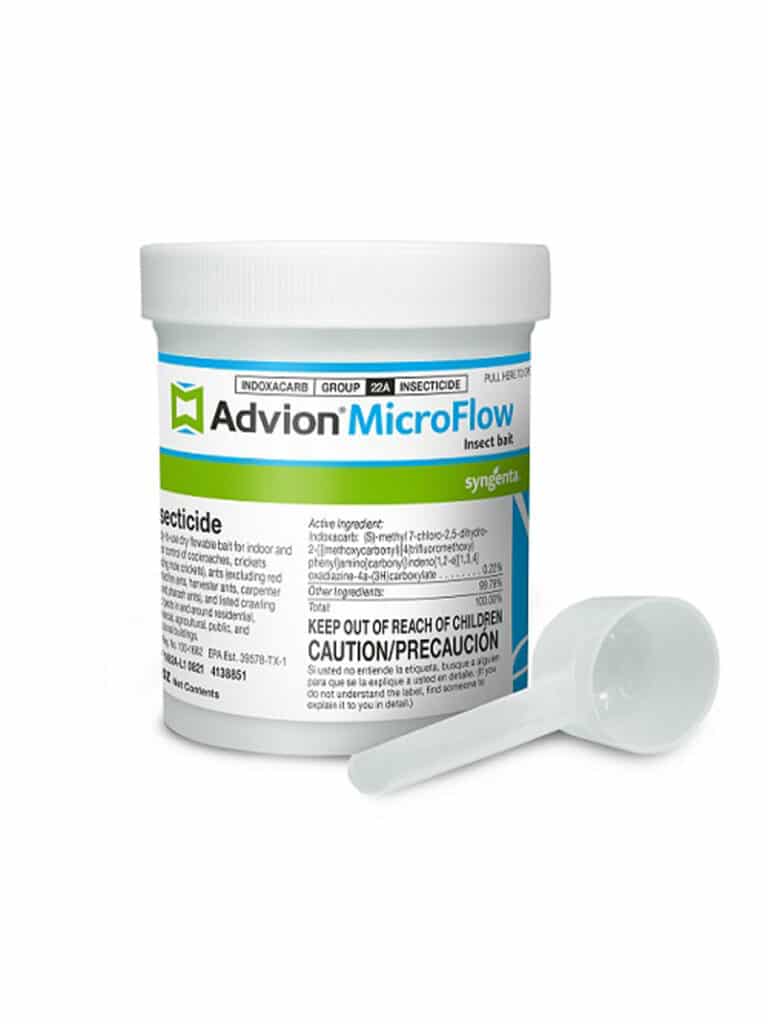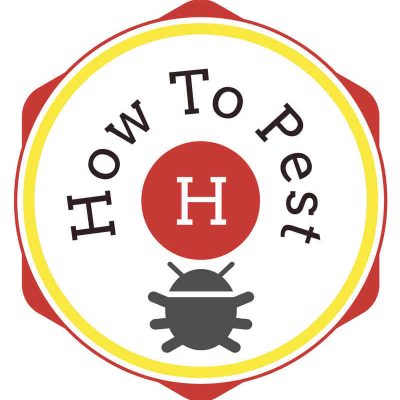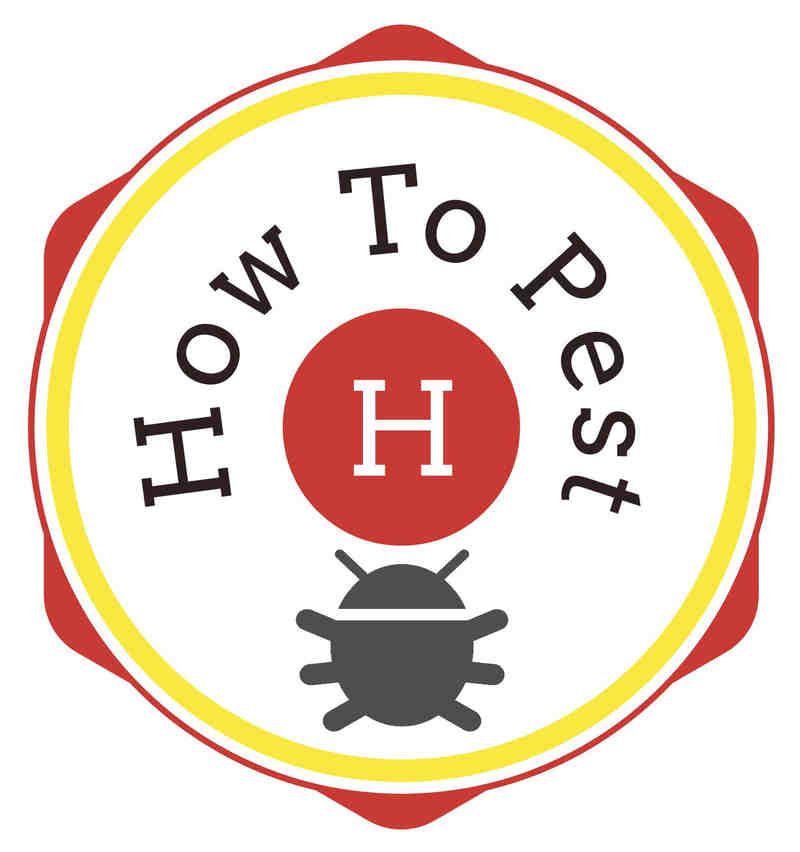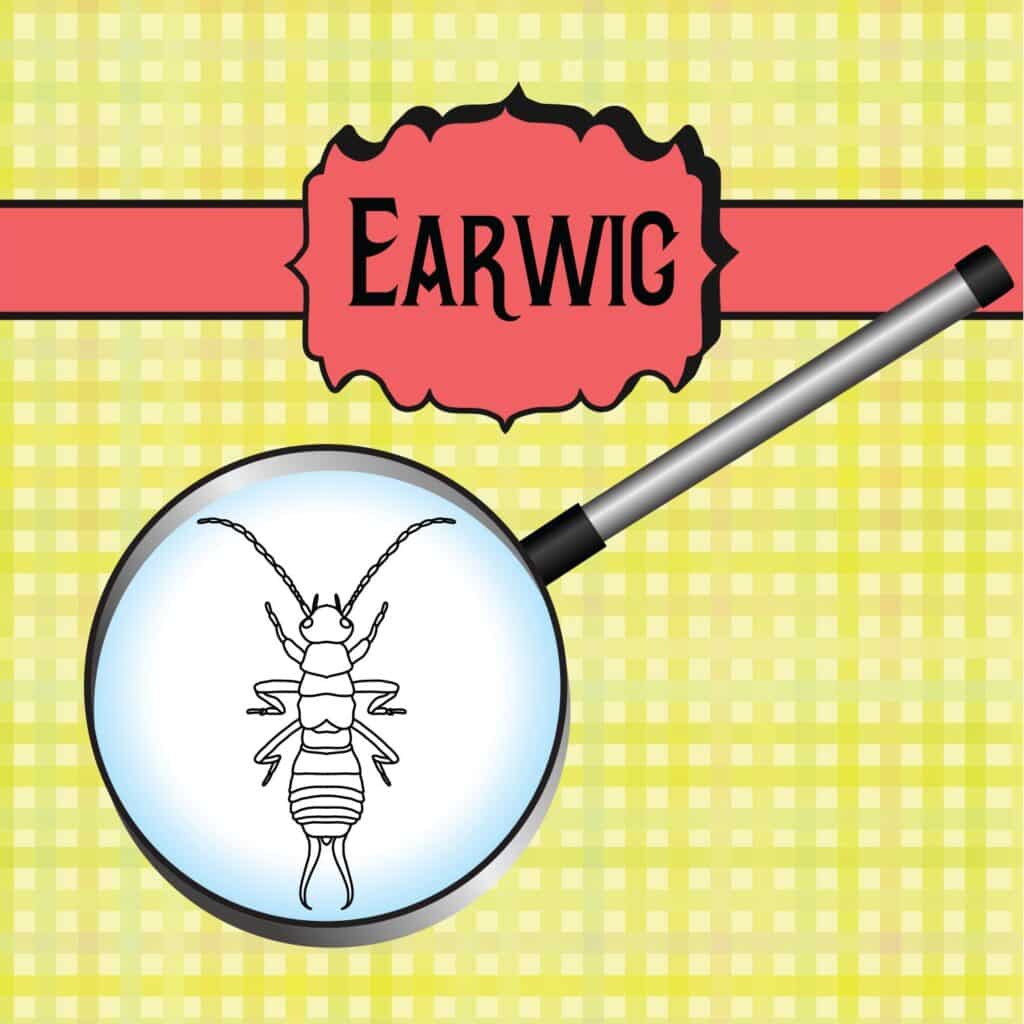
Earwigs (aka pincer/pincher bugs) are a common pest that can be found in many homes. Fun Fact: Earwigs got their name because of the “old wives tale” that they would crawl in your ears and lay their eggs on your brain! Obviously, we now know this to not be in the least bit true! 🤣
But what earwigs do, do is they can cause damage to furniture, clothing, and even food items. Fortunately, there are several ways to control and prevent earwigs (pincher bugs) from invading your home.
What Are Earwigs?
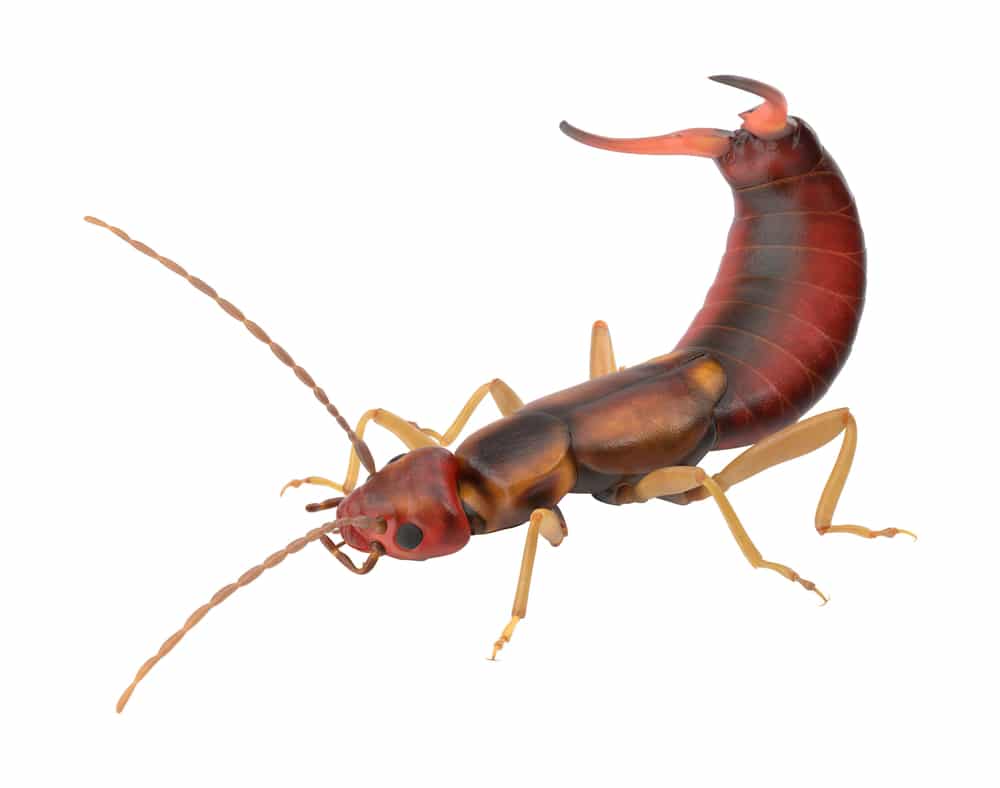
- Earwigs are small, predatory insects that typically measure between 5-25mm in length.
- They have a set of pincers at the end of their abdomen.
- Male earwigs have curved pincers, females have straight pincers.
- They are nocturnal and prefer dark, moist environments.
- Female earwigs will lay 20-60 eggs.
- Female earwigs will lay the eggs in the fall and hatch in the spring.
- Earwigs are omnivorous.
- Earwigs have a life span of up to 1 year.
Why Do I Have Earwigs/Pincher Bugs In My House?
As with most species, earwigs are just looking for some food and shelter. Earwigs are attracted bright lights and yummy food smells but like to live in dark, moist places like a laundry room or basement. Keeping earwigs away can be as simple as the following:
Cleaning and Sanitation
- Removing debris and clutter
- Keeping the area around the home dry
- Wipe up any spilled grease or food in the kitchen
- Cleaning gutters and other potential moist areas
Exclusion
- Caulk and seal cracks and crevices
- Install door sweeps and weather-stripping
- Repair screens on windows and doors
Control
Physical Control
- Vacuuming up earwigs
- Trapping earwigs using insect glue monitors
- Setting up outdoor lighting to attract and kill earwigs.
Chemical Control
- Spraying insecticides around the infested area
- Applying insecticide dusts in crevices and cracks
- Applying insect growth regulators along with the insecticides to keep the earwig population from coming back.
Conclusion
- Earwigs can be a nuisance pest in homes and gardens
- Proper sanitation and exclusion measures are the best ways to prevent infestations
- If an infestation does occur, physical and chemical control measures can be used to successfully eliminate earwigs!
